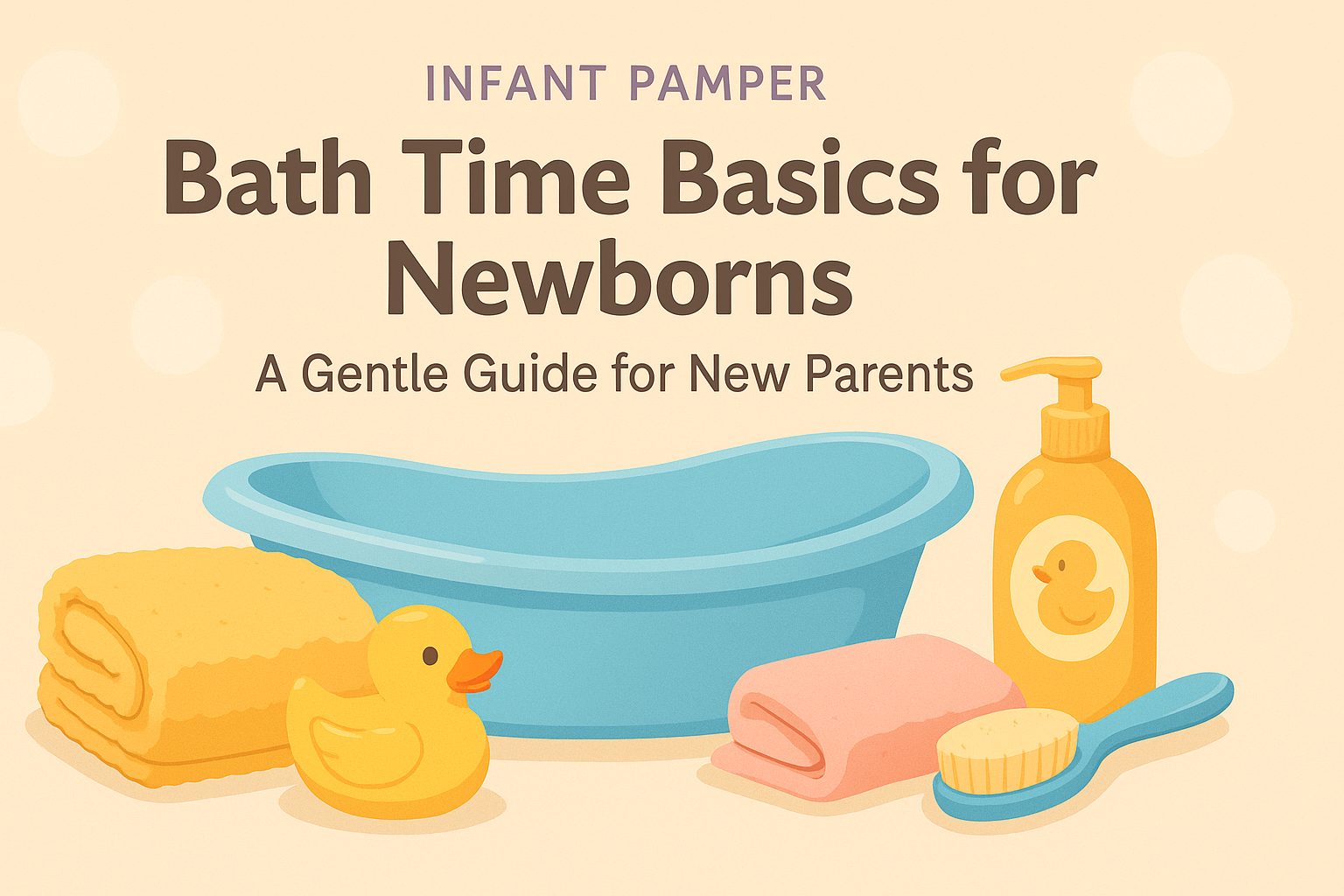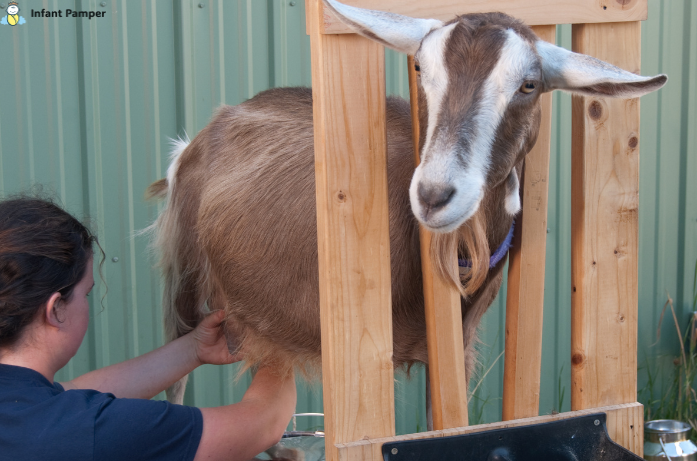Bathing your newborn is more than just a hygiene routine—it’s a tender moment that fosters bonding and comfort. For new parents and caregivers, understanding the nuances of infant bathing ensures both safety and enjoyment. This comprehensive guide walks you through the essentials of newborn bath time, backed by expert recommendations.
🕒 When to Give the First Bath
Modern medical guidelines suggest delaying your baby’s first bath until at least 24 hours after birth. This delay helps maintain body temperature, supports blood sugar stability, and promotes early breastfeeding success. The World Health Organization (WHO) and the American Academy of Pediatrics (AAP) endorse this practice to enhance newborn health outcomes.
Additionally, postponing the first bath preserves the vernix caseosa—a natural, waxy coating on your baby’s skin that offers moisturizing and antibacterial benefits.
🧼 Sponge Baths: The Initial Approach
Until your baby’s umbilical cord stump naturally falls off (typically within 1 to 2 weeks), sponge baths are the recommended method to keep the area dry and prevent infection.
Steps for a Safe Sponge Bath:
- Gather Supplies: Prepare a bowl of lukewarm water, a soft washcloth, mild fragrance-free baby soap, a clean towel, a fresh diaper, and a change of clothes.
- Create a Comfortable Environment: Lay your baby on a flat, padded surface in a warm room. Keep them wrapped in a towel, exposing only the area you’re washing.
- Clean Gently: Start with the face, using a damp washcloth without soap. Proceed to clean the rest of the body with soapy water, paying attention to creases and diaper areas.
- Dry and Dress: Pat your baby dry, especially in skin folds, and dress them promptly to maintain warmth.
🛁 Transitioning to Tub Baths
Once the umbilical cord has healed, you can introduce tub baths. Choose a baby bathtub or a clean sink, ensuring it’s lined with a towel to prevent slipping.
Guidelines for Tub Bathing:
- Water Temperature: Fill the tub with about 2 inches of warm water (approximately 100°F or 38°C). Always test the water with your wrist or elbow before placing your baby in.
- Support: Gently lower your baby into the water, supporting their head and neck. Keep most of their body above water, pouring warm water over them periodically to stay warm.
- Cleaning: Use a soft washcloth and mild baby soap to clean your baby, starting from the head and moving downward. Rinse thoroughly to remove all soap residues.
- Duration: Keep the bath brief, around 5 to 10 minutes, to prevent your baby from getting cold.
🧴 Post-Bath Care
After the bath:
- Drying: Wrap your baby in a hooded towel and gently pat them dry, focusing on skin folds.
- Moisturizing: If your baby’s skin appears dry, apply a small amount of unscented baby moisturizer to the affected areas.
- Dressing: Dress your baby in clean, comfortable clothes to keep them warm.
📅 Bathing Frequency
Newborns don’t require daily baths. Bathing your baby two to three times a week is sufficient, as overbathing can dry out their delicate skin. However, if your baby enjoys bath time, a daily bath with just water (no soap) can be a soothing part of the bedtime routine.
⚠️ Safety Tips
Check Water Temperature: Ensure the bath water is warm, not hot. Always test it before placing your baby in the tub.
Never Leave Unattended: Always keep one hand on your baby during bath time. If you need to step away, wrap your baby in a towel and take them with you.
Avoid Bath Seats: Bath seats can give a false sense of security and are not a substitute for adult supervision.




